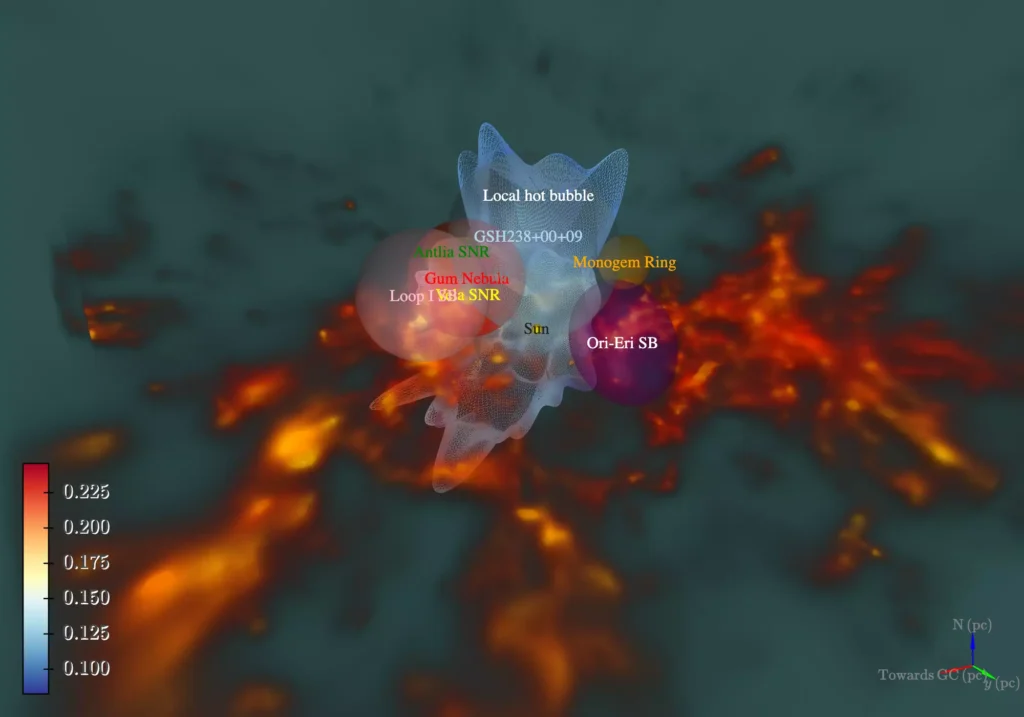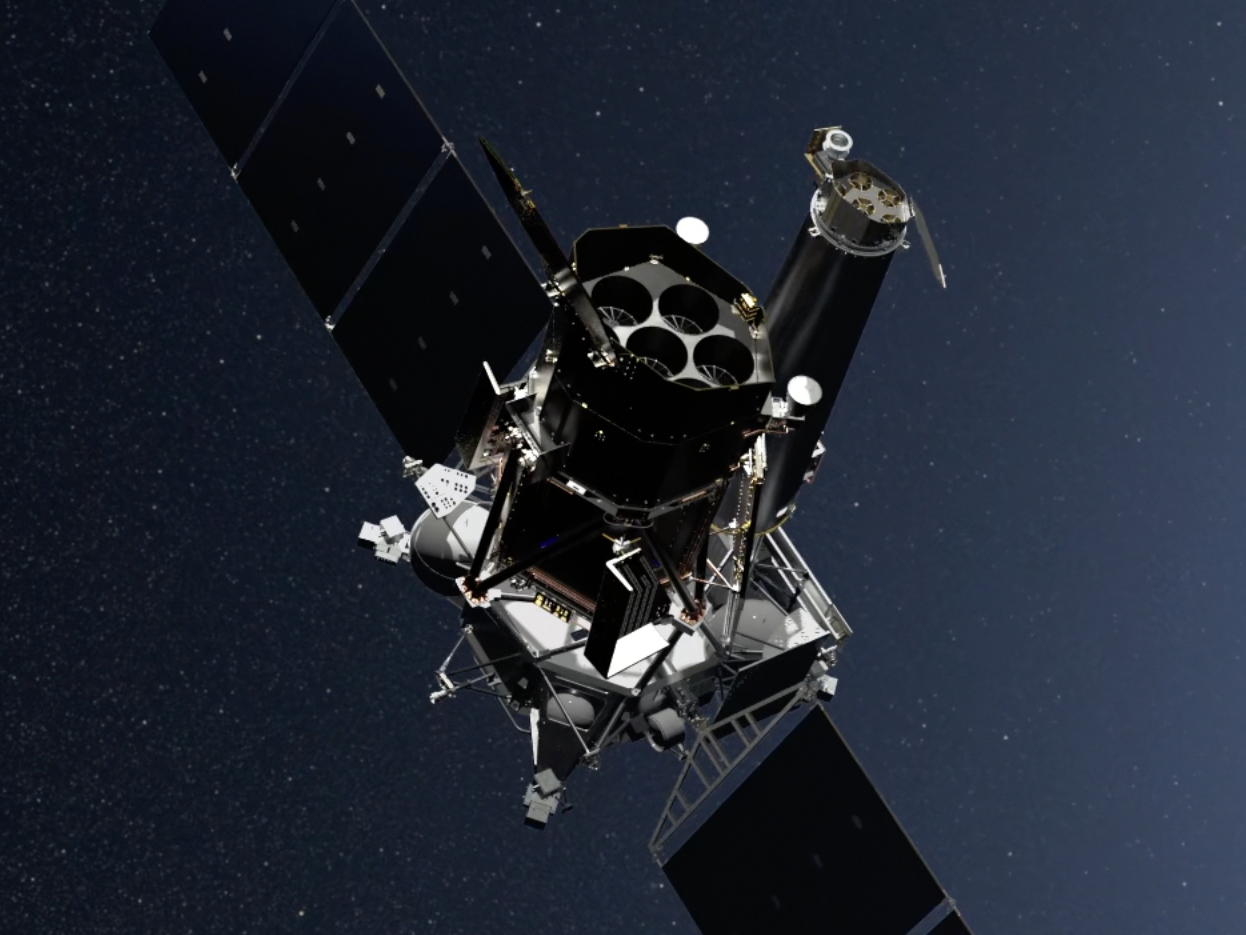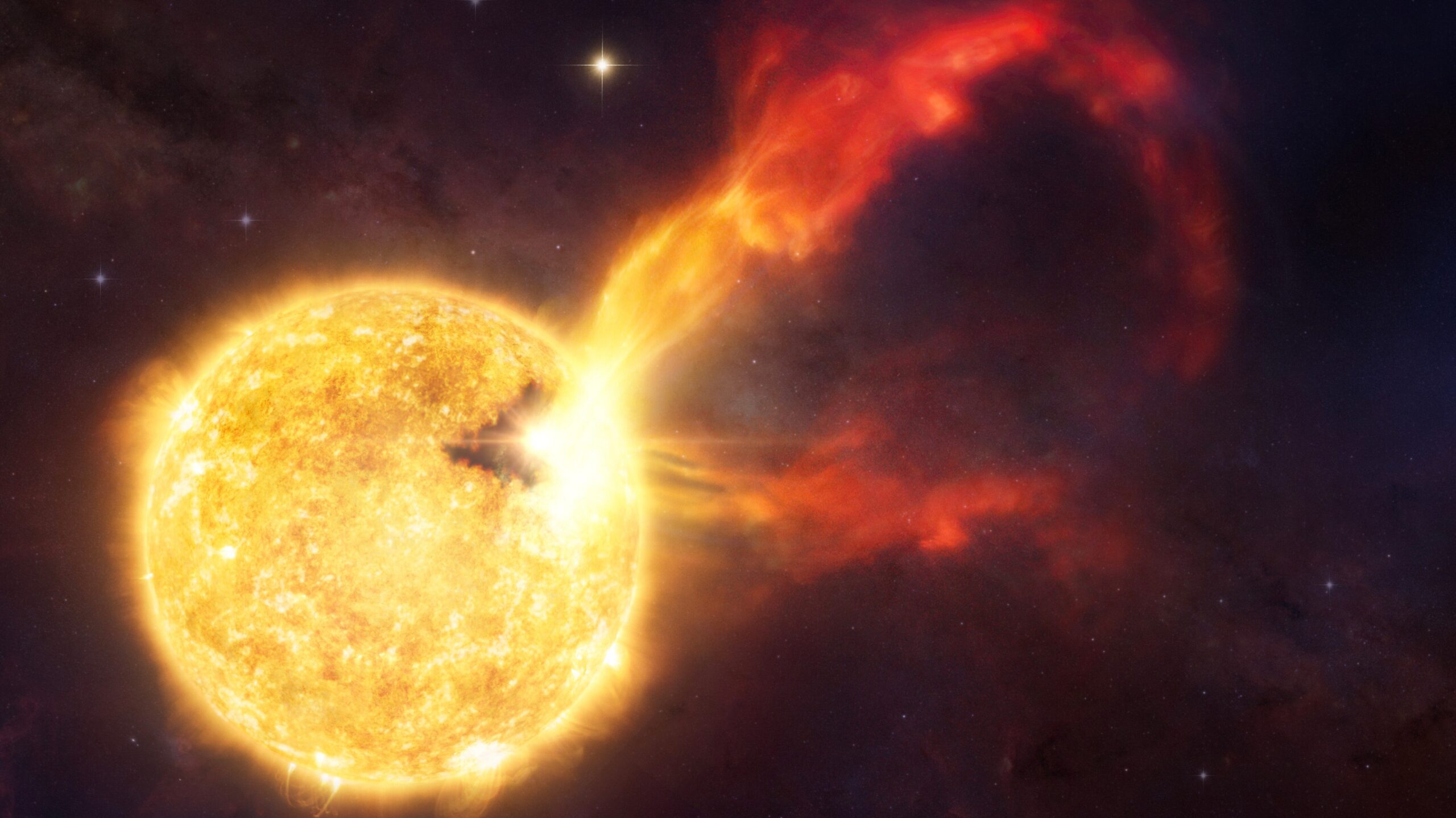
If you’re a space science enthusiast, an astrophysics nerd, a die-hard Star Wars fan, or simply a sci-fi devotee, the term “interstellar travel” is likely familiar to you. Films like Interstellar popularized this idea by portraying star-to-star journeys through wormholes. The idea has fascinated both scientists and storytellers alike. But even if you’re new to the concept, interstellar travel refers to the theoretical possibility of traversing the vast distances between stars—often imagined through shortcuts called wormholes. These are distortions in space fabric that can potentially connect distant parts of the universe.
The wormholes are a theoretical phenomenon in which a heavy mass object bends the space-time fabric in a way that brings two previously distant points in space close via a 4 dimensional pathway. To understand this, imagine a flat sheet of paper. Draw two points on opposite ends of the paper. Now fold this sheet in 3 dimensional manner so the two dots touch. That is how wormholes in space work. This concept has been fascinating yet considered nearly impossible to happen in real life.

This is a region in space in near Orion Arm of Milky way called the local hot bubble (LHB). It was a mystery for scientists from 1970s because of its low energy X-rays fog that astronomical instruments had recorded. Low energy x-ray radiation is formed through the sudden deceleration of fast-moving electrons, a process known as braking radiation. The origin of these was unknown until the discovery made by NASA funded DXL mission. It revealed this region as a bubble like structure with extremely varying temperature between hot and cold spots. When electrons from hotter areas enter cooler zones, they lose all their energy suddenly, emitting low energy X rays. This bubble was more likely formed due to exploding massive stars changing into supernova. This process creates a temperature difference of billions of degrees.

A German built telescope, eRosita, made a recent discovery about LHB. A research was based on it. It revealed a disruption inside the bubble. Researchers believe this is an interstellar tunnel toward the stars of the Centaurus constellation, which contains 281 stars with α-Centauri and β-Centauri being the brightest ones. This wormhole may link our home bubble to a neighbor super-bubble in a star system many light years away from the solar system.
This discovery seems to shake our beliefs about the architecture of our universe and raises provocative new questions about the structure of the universe. This tunnel reportedly has a width of 300 light years. Changes in cosmic matter and temperature fluctuations may have formed it. These sudden changes are usually caused by erupting young stars and high speed stellar winds scattering matter particles and transferring heat from one region in space to another.

Young stars often exhibit flares, which are intense bursts of energy and accelerated particles. These eruptions are supposedly caused by magnetic fields tensions. These tensions result in releasing stored energy. This is a normal part of their process of matter accumulation in early stages of development. This phenomena suggest that mass accumulation near young stars might centralize enough energy to distort space-time to the point that it forms a four-dimensional connection between distant locations. Such type of connection is difficult to visualize within our familiar three-dimensional reference frame.
The revelation of this mysterious pathway is a fact that gives us hope that someday we might be able to reduce the distances between our neighbor galaxies. And perhaps we will be able to get a glimpse of the secrets that our universe is hiding from us by the means of its inaccessible distances.

Leave a Reply